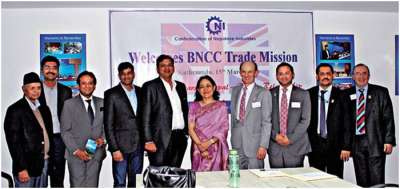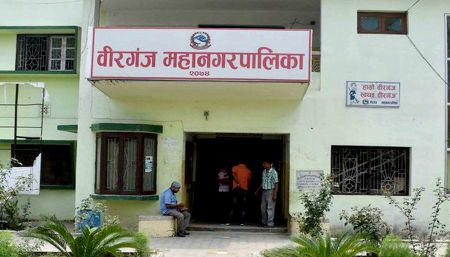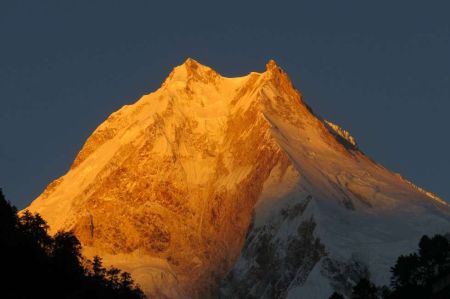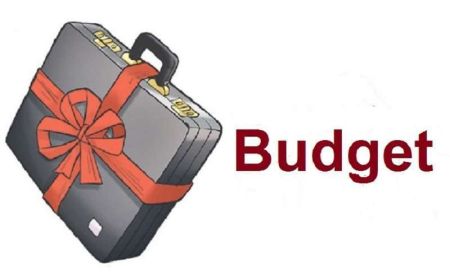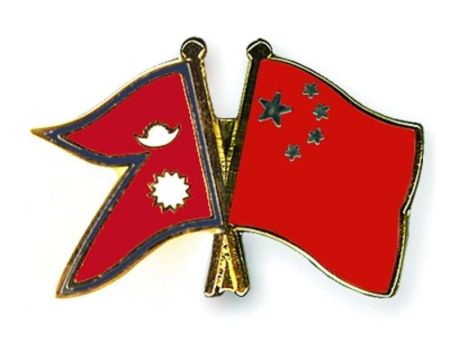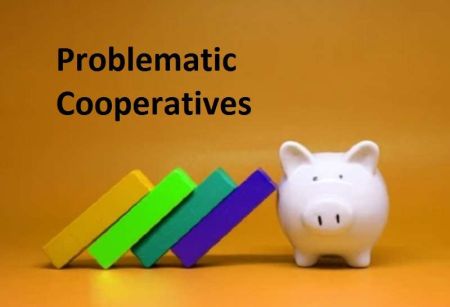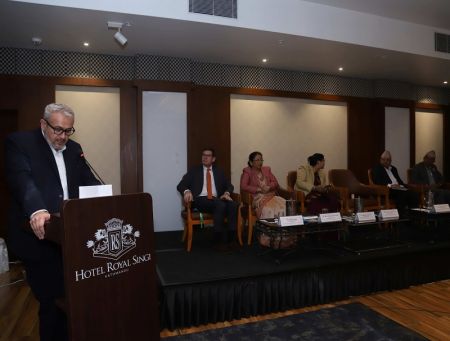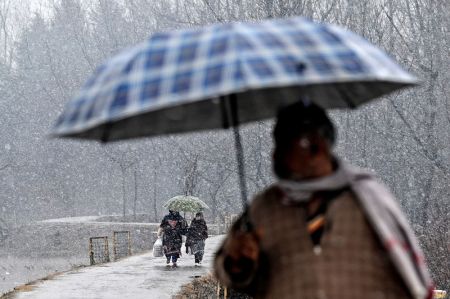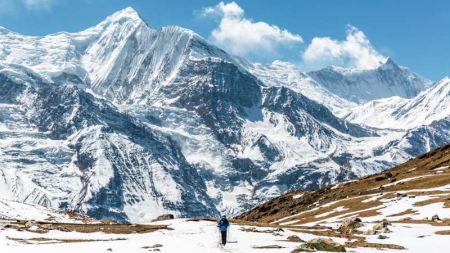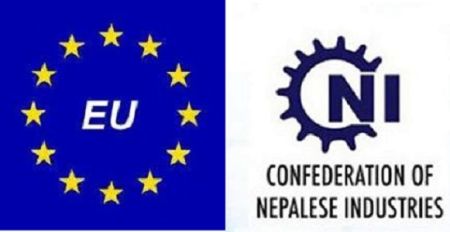Secretary of the Ministry of Culture, Tourism and Civil Aviation, Sushil Ghimire, inaugurating Tourism and Aviation Next 2013. (From left) New Business Age Pvt Ltd Chairman Madan Lamsal, Incredible India pioneer Amitabh Kant and South Asia Director of Tourism Malaysia Amran Abdul Rahman.
Photo: Rukesh Shrestha/TC
Sell Authentic Experience & Make It Premium
Vision: To achieve tourism turnover equal to 5% of the GDP by 2080 BS which is now less than 2%
By Ujjwal K Chowdhury
As nations celebrate World Tourism Day on September 27, the top tourism officials, Nepali leaders of the industry, along with some top honchos of Malaysian and Indian tourism governance met on September 19 at Annapurna Hotel in the first edition of Tourism & Aviation Next conference.
The core views that emerged from the day long exercise, partnered by New Business Age and Annapurna Hotel, and sponsored by Qatar Airways and Ace Travels, focused on: raising service standards, creating premium brand of experiential tourism apart from the existing largely value-for-money backpackers’ tourism, positioning of exotic Nepal, upgrading the tourism and hospitality infra-structure, adding new international airport, additional terminals and new air-routes, domestic and foreign investments in tourism services.
Tourism Goal: 5% of GDP by 2080 BS
Opening the event, the Secretary of the Tourism Ministry, Sushil Ghimire, focused on why and how can Nepal achieve tourism turnover equal to 5% of the GDP by 2080 BS which is now less than 2%, how the national carrier Nepal Airlines is being strengthened, and why all major stake-holders’ views on a long-term future course of action is important in a private sector driven domain like that of tourism & aviation. He set the tone, and the two guests from abroad took it to the next level with case-studies from tourism promotion by their nations.
Case-studies: India and Malaysia
The former Tourism Secretary of India and of Kerala state, and the man behind Incredible India and God’s Own Country Kerala branding, Amitabh Kant, lamented that the positioning, branding and pricing of an otherwise high-end premium exotic destination like Nepal has been actually very low. He rued that the focus has been on low-end mass tourism which also has not yet touched a million, while it now needs to be on niche high-end tourism promotion with a clear positioning. Noting that more than 1 billion people travelling and almost 9% of the global GDP has been in tourism across the world, employing 1 among every 11 people, Nepal needs to catch up with this burgeoning industry.
Moving from sun-sand-sea focused tourism, globally travelers are looking at authentic experience now and Nepal has a huge advantage in it. Explaining in details the Incredible India campaign, he noted that unique positioning and integrated marketing communication strategy and plan alone can take Nepal to the next level in this sector. Kant concluded expounding 6Cs for better tourism: civic governance, capacity building, communication strategy, convergence, community and civil aviation.
The South Asia Director of Tourism Malaysia, Amran Abdul Rahman later brought in a video based presentation to show how Malaysia has moved from ‘Coca-cola tourism’ earlier as an add-on visit to people coming to Singapore twenty years ago to 13 million visitors in 2003 and finally to 25 million visitors in 2012. The target of 2014, declared as the Visit Malaysia Year, is now 36 million visitors with USD 44 billion income.
Malaysia could achieve this success due to infrastructure growth including the remarkable makeover of Kualalampur Airport, changing mindset of the people and government with tourism coming under special supervision directly by the Prime Minister, rural Malaysia being promoted heavily which also ensured ethnic amity, and focusing on MICE tourism through events heavily.
Tourism Next: Branding & Capacity-building as Key Drivers
The tourism next panel, moderated by the Annapurna CEO Upaul Majumdar, was an exciting journey of multiple perspectives by various industry experts on different facets. Upaul started with the need of a ‘can-do’ attitude, and not just talk about the challenges.
The Soaltee Crowne Plaza GM Nalin Mandiratta focused on the need for a large Convention Centre for MICE tourism to grow, more sports tournaments in Nepal, dynamic and integrated destination marketing, creating One Nepal concept uniting efforts of various sections of the industry, and focusing on China and India more.
Madhusudan Acharya, the Vice President of the Nepal Association of Tours and Travel Agents, explained how the success of Apple denotes the success of unique positioning. The uniqueness of Nepal as a tourism destination needs similar positioning based on green initiatives and its ethnicity. He emphatically noted that tourism is both a cause and an effect of more holistic socio-economic growth. He noted that Nepal-China roads and Kathmandu’s direct air connectivity with Chennai and Bengaluru are much needed pending measures.
Nandini Lahe Thapa, the Senior Director of the Nepal Tourism Board in charge of international marketing, while noting that there has been relative maturity of Nepal as a tourism destination, it has been quite low at the high-end of the price-service spectrum. “We have lowered our rates of other tourism services, but have an exponentially costly travel. Hotels have already set the bar higher, but travel trade still needs to come together and raise the standards with rational pricing,” she noted. Promotion of new destinations possible, she told, if concrete proposals come to NTB from entrepreneurs.
Sumit Baral, the Senior Consultant with the International Finance Corporation, from the World Bank Group, working for its investment climate programs, with key focus on tourism programmes, informed that opposing child-labour so rampant in the carpet industry, Lufthansa dropped its Kathmandu sector adversely affecting German tourists’ travel to Nepal. Also, a diagnostic study categorically has shown that service standards decline has been the major factor behind lower per day spending by tourists. Noting that Nepal does not feature in luxury travel, he illustrated how Peru since 2000 has positioned itself as high-end destination, and how Maldives with almost same number of tourists like Nepal (little less than a million a year), actually has double the income from this sector.
Talking from the tourism technology perspective, Prerana Mimani, the Country Head of Amadeus, noted that the e-commerce route to promote Nepal is must and is still at a rudimentary level and it is possible to have collaboration with global travel portals with ethnicity focus for Nepal.
The PATA Chairman of Nepal, entrepreneur Suman Pandey, defended budget tourism noting it as an important part of the Nepali tourism eco-system and saying that it is a way of travel to experience the country in a different way. He poignantly noted, “The seven days Golden Triangle plan is over-done and new tourism products are now necessary, as seen in the case of trekking tours being re-packaged as photography tours.” Another very effective suggestion of Pandey has been the creation of events with potentials of global media visibility, as seen in the case of the earlier Nepali cabinet meeting at Everest base-camp.
Aviation Next: Start Small, But Act in Unison
The final panel of the day, focusing on aviation ahead, was very ably moderated by Valentino Bagatsing, the Country Head of International Finance Corporation, of the World Bank group, who began by raising the issue of air-safety noting that there have been 70 accidents in 60 years last, 3 being in the last two years. He informed that IFC is on the task of safety management systems research and planning.
Bhola Bikram Thapa, the MD of President Travels, emphatically set the tone noting, “Government should make stronger policies and facilitate processes, and not do business directly.” He lamented that the need of more aircrafts for the national carrier, Nepal Airlines, is still not being done.
Ghanshyam Acharya, Chief of Corporate Affairs, Simrik Airlines, noted that globally service sector has surpassed manufacturing, and in Nepal, three out of every four international traveler is airborne. The IATA Outlook for 2013 looks positively at $711 billion global tourism turnover. Blacktopping of many airports in Nepal has increased air safety and air-travel is now available to middle class as well. However, he lamented better regulatory support of policy-makers is necessary, and after 1998, no new aircraft has been flown by any domestic carrier.
Representing the government voice, Buddhisagar Lamichchane, the Joint Secretary of Civil Aviation, and Roshan Chitrakar, the Deputy Director General of the Air Navigation Services of CAAN, had some good news to share. Chitrakar informed about high pace of blacktopping and expansion of airports, fleet increment for national airlines being imminent, and one year compulsory Air Traffic Controllers’ training reduced to six-months first phase and then after some work experience another six months of second phase training to handle talent crunch in the industry.
Lamichchane informed about installation of navigational safety equipments, and emphasized the air safety standards in Nepal to be reasonably strong by global standards. Further, he said, “Nepali air-routes integration with more global air-routes is underway. And the construction of a second international airport at Bara which will create a East-West air corridor, is also taking off soon. Further, the regulator and service provider functions of government with regards to aviation are being separated soon and a global consultancy is looking into this.”
The Air India Country Head, TK Saha, defended the pricing strategy of his carrier noting that only 10-15 percent seats go vacant. He advocated new small aircraft routes and services for various potential sectors like Gaya-Lumbini, Patna-Kathmandu, and Varanasi-Pokhra.
Ramdas Shivram, the Qatar Airways Country Head, brought in a basic issue with emphasis saying, “Garbage management is poor in Kathmandu airport and for this a blended approach of awareness for passengers, training for staff, and strong punitive regulation is needed.” He also advocated more efficient and faster immigration services, quest of quality tourism and not merely volumes, and focus to find and invest in new markets to expand Nepal tourism and aviation base. “However, for all of these, commitment of all the stake-holders to what they believe and say is must,” he said the last word.
The event ended on a very positive note awarding Megh Ale for outstanding eco-friendly Himalayan tourism initiative, Tourism Malaysia for best international tourism promotion initiative and Amitabh Kant for special lifetime achievement in promoting South Asian tourism and infrastructure.
The organizers expressed hope that such major industry initiative to relook at the world’s third largest industry conglomerate: tourism-hospitality-aviation shall again be taken up next year in September and a reality check of the progress made over one year would be done.



